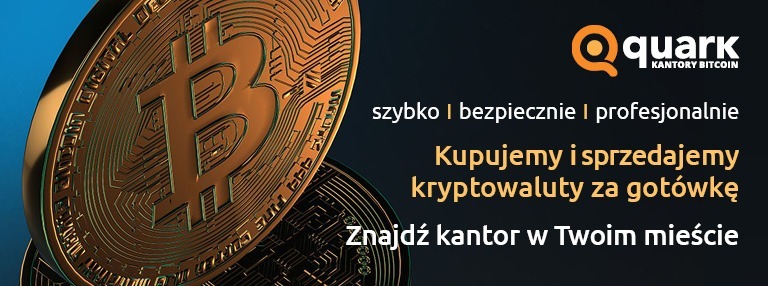
Tether (USDT) is a popular stablecoin that attracts interest among investors and people associated with the cryptocurrency market. This article will discuss the technical aspects of Tether, concerning the various blockchains on which its operation is based. As a result, even readers unfamiliar with cryptocurrency issues will be able to understand how USDT works and why it has become so popular in the world of digital currencies.
What is Tether (USDT)?
Tether is a cryptocurrency known as a stablecoin, which is a digital currency with a stable value. In the case of USDT, the value is tied to the US dollar (USD), meaning that 1 USDT always equals approximately 1 USD. This allows investors to use Tether as a means of exchange and store of value, avoiding the price fluctuations of other cryptocurrencies like Bitcoin or Ethereum. More information about Tether can be found on the project’s official website: link
How does Tether operate on different blockchains?
The technical aspects of Tether (USDT) are related to the various blockchains on which its operation is based. Originally, Tether was introduced on the Omni blockchain, which operates based on Bitcoin technology. As the cryptocurrency market evolved, Tether was also implemented on other chains, such as Ethereum, Tron, Binance Smart Chain, Solana, and Algorand. As a result, Tether comes in several versions, corresponding to the technology of the individual blockchains on which it operates. Details about Tether on different chains can be found in the project’s documentation.
Why is Tether used on different blockchains?
Different blockchains offer various benefits to Tether users. For example, the USDT version on Ethereum uses the ERC-20 protocol, allowing for easy integrations with other applications and services based on the same standard. In contrast, Tether on Binance Smart Chain enables lower transaction fees compared to Ethereum, which is attractive for people sending USDT between different platforms or participating in the DeFi (decentralized finance) ecosystem.
Security and trust in Tether
Tether’s values are secured by fiat currency reserves, such as the US dollar, which are held by the Tether Limited issuer. This issuer regularly publishes reports on its reserves, allowing users to ensure that there is an adequate amount of fiat currency to cover the value of all issued USDT tokens. Although Tether has been the subject of controversy and criticism due to ambiguities related to its reserves, in recent years, it has taken steps to increase transparency and gain the trust of the cryptocurrency community.
Summary
Tether (USDT) is a popular stablecoin based on various blockchains, such as Omni, Ethereum, Tron, Binance Smart Chain, Solana, and Algorand. Thanks to the diversity of blockchains on which it operates, Tether offers its users different benefits depending on the technology and needs. Its trust and security are maintained by fiat currency reserves, and the transparency of reserves is maintained through regular issuer reports. Tether plays a crucial role in the cryptocurrency market, enabling easy and stable value exchange in various ecosystems and services based on blockchain technology.
